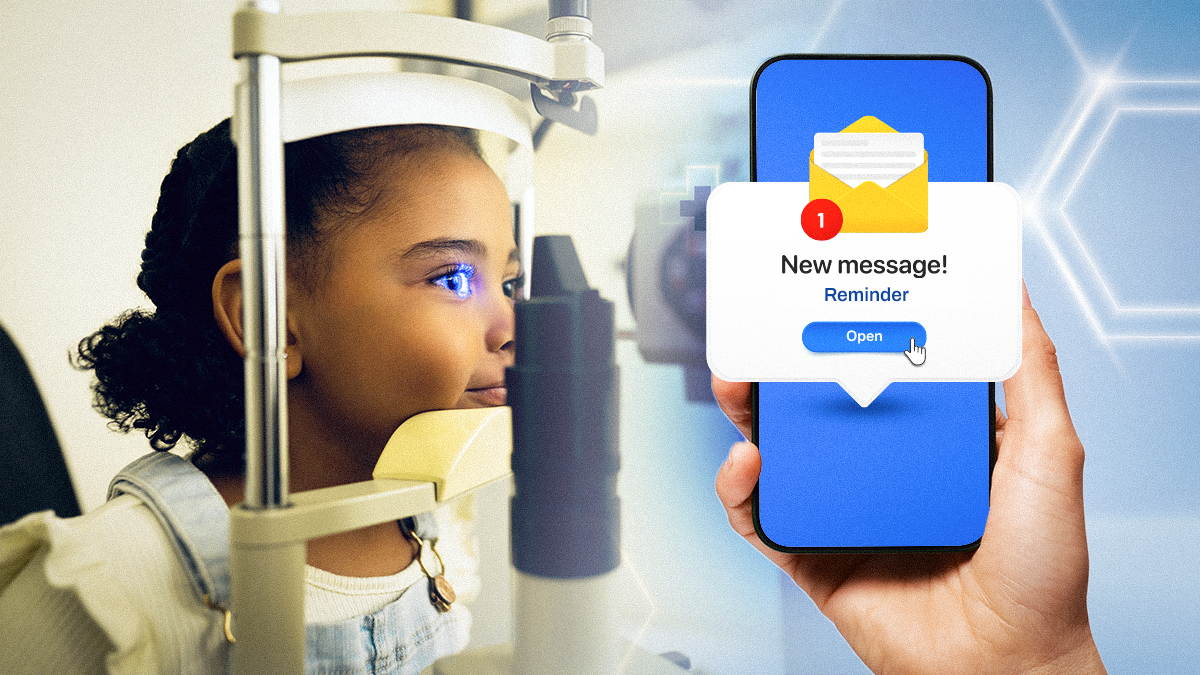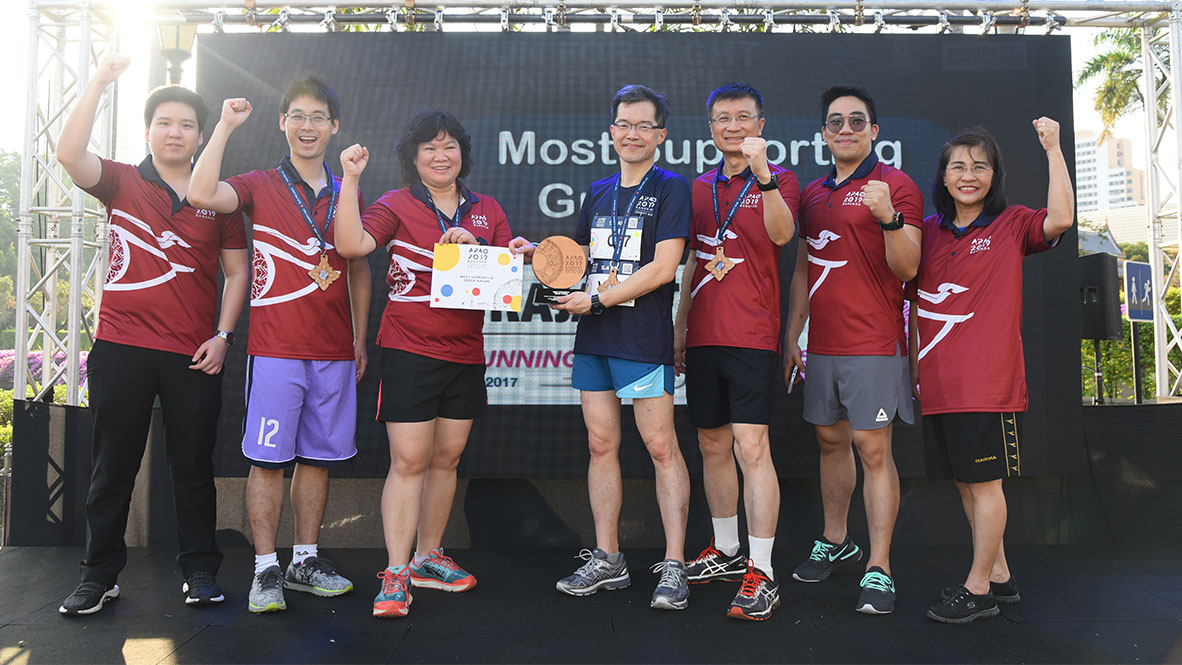A randomized trial finds that app reminders can double follow-up attendance in children with CEL.
A new randomized clinical trial published in JAMA Ophthalmology found that WeChat-based reminders and education significantly improved three-month postoperative follow-up rates in children with congenital ectopia lentis (CEL).
Researchers at Zhongshan Ophthalmic Center in Guangzhou, China, reported that 83.6% of patients in the intervention group attended follow-up appointments, compared to 41.8% in the standard-care group.1
The trial enrolled 110 pediatric patients and their families, who were randomized to receive either standard care or a social media intervention. The intervention group received phone reminders and educational content via WeChat before scheduled follow-up appointments at one week, one month and three months after surgery.
JAMA Ophthalmology posts details of the study on Facebook.
In addition to increased attendance, the intervention group showed higher rates of amblyopia treatment initiation (RR 2.4; 95% CI, 1.26–4.56) and greater parental knowledge regarding ocular complications and available treatments.1
Lead author Dr. Yiyuan Ma stated that the combined use of phone reminders and health education may support adherence and improve clinical outcomes, particularly in rare conditions such as CEL.1
Promising data, but big-picture questions remain
The findings suggest that simple, smartphone-based tools could be an effective and affordable way to support continuity of care in progressive pediatric eye diseases with systemic implications.
In settings such as China, where mobile phone use is widespread and digital literacy is increasing, platforms like WeChat may offer a feasible method of communication—especially in rural and resource-limited regions.
That said, the study was limited to a three-month follow-up period, and longer-term effects remain uncertain. In an invited commentary, Raymond T. Kraker, MSPH, noted that while the trial showed short-term gains, it remains unclear whether such interventions can support long-term follow-up in patients with CEL.2 He referenced previous trials in which phone reminders did not improve five-year follow-up rates.3
“Efforts might be better spent on improving communication at the time of diagnosis and addressing hereditary shame,” Mr. Kraker writes, pointing to a qualitative study showing how cultural stigma around hereditary disease and weak patient-provider communication deter long-term follow-up in CEL.2
What’s next for digital follow-up
While the study intervention was low-cost and familiar to families using WeChat, it required manual effort from staff to send reminders and educational materials. The commentary noted that scalable telehealth models may require automated systems or AI integration to be sustainable.
Mr. Kraker suggested that future approaches might incorporate remote screening tools for amblyopia monitoring to reduce the need for in-person visits. The potential for hybrid strategies combining mobile-based interventions with targeted clinical care remains an area for further study.
The study adds to ongoing discussions in pediatric ophthalmology about the role of digital tools in improving follow-up adherence. The authors concluded that mobile platforms may offer a useful approach to support continuity of care in progressive pediatric eye conditions, pending further research on long-term outcomes.
READ MORE: Around the World with AI in Ophthalmology
For more information, see the full JAMA Ophthalmology article on the CEL social media intervention trial.
Editor’s Note: This content is intended exclusively for healthcare professionals. It is not intended for the general public. Products or therapies discussed may not be registered or approved in all jurisdictions, including Singapore.
References
- Ma Y, Zhang X, Jin L, et al. Social media interventions and postoperative follow-up in congenital ectopia lentis: A randomized clinical trial. JAMA Ophthalmol. 2025;0526 [Epub 10 April 2025]
- Kraker, R. T. Telehealth for children with congenital ectopia lentis? JAMA Ophthalmol. 2025;0588 [Epub 10 April 2025]
- Glassman AR, Beaulieu WT, Stockdale CR, et al. Effect of telephone calls from a centralized coordinating center on participant retention in a randomized clinical trial. Clin Trials. 2020;17(2):195- 201.



